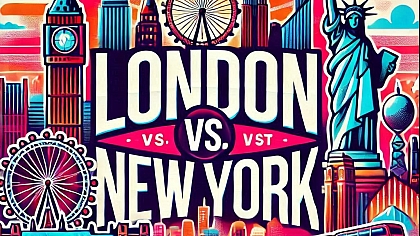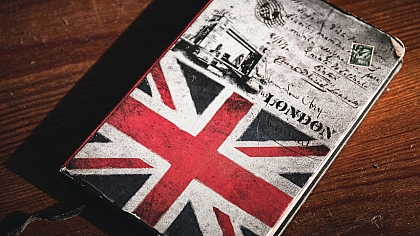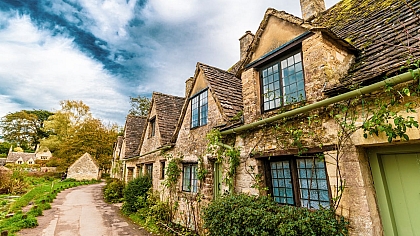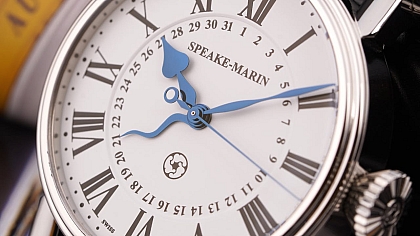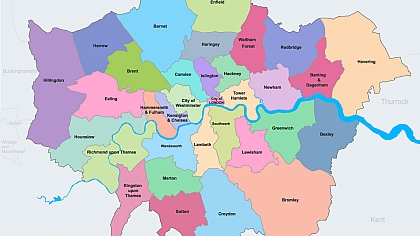
The History of the London Bus: From Horse-Drawn Carriages to Electric Vehicles
The London bus is an integral part of the city's public transportation system and an iconic symbol of London. With its bright red colour, open top, and distinctive design, it is instantly recognizable and beloved by both locals and visitors alike.
The history of the London bus spans over two centuries, and it has gone through many transformations and innovations throughout that time.
The Early Years
The first London bus service began in 1829 and was operated by the Enterprise Omnibus Company. The buses were horse-drawn carriages, and they were initially designed to transport passengers from Paddington to the City of London. The first bus routes were not very extensive, and the buses only carried around 20 passengers.
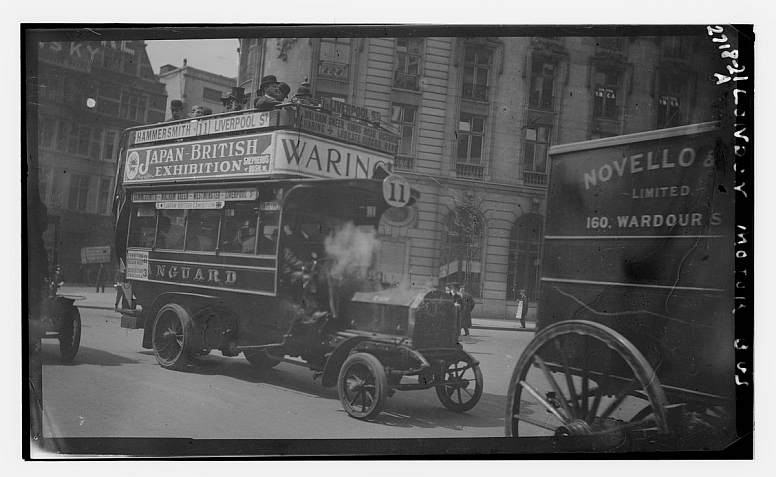
The early buses were not very comfortable, and they had no suspension or brakes. They were also relatively slow, and their speed was limited by the horses' ability to pull them. Nevertheless, they quickly became popular, and soon, more companies began to operate bus services across London.
The Rise of the Omnibus
In the 1850s, the omnibus was introduced in London. It was a larger, more comfortable version of the horse-drawn carriage and could carry up to 40 passengers. The omnibus quickly became popular and replaced most of the smaller horse-drawn carriages on London's streets.
The omnibus had a significant impact on London's public transportation system. It allowed people to travel across the city quickly and comfortably, and it was affordable for people of all classes. The omnibus also had a significant impact on the city's social life. It allowed people to travel to new areas of the city, which led to the development of new neighbourhoods and communities.
The Motorbus Era
The motorbus was introduced in London in 1902, and it was a significant innovation in public transportation. The first motorbuses were single-decker vehicles with open tops, and they were powered by gasoline engines. The motorbus was much faster and more reliable than the horse-drawn carriages, and it soon became the preferred mode of transportation.
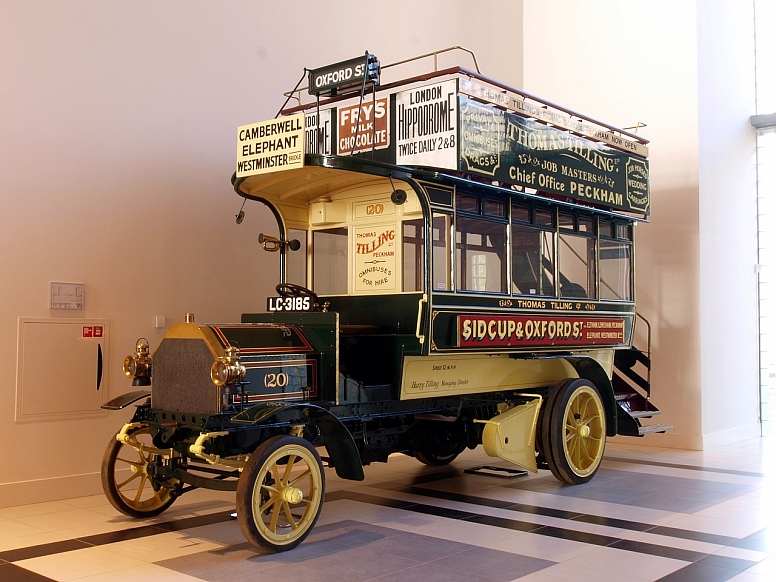
The Milnes Daimler Omnibus, an important milestone in the evolution of London's public transportation, played a significant role in shaping the city's iconic bus fleet. Introduced in the early 1900s, the Milnes Daimler Omnibus was among the first motorized buses to grace the streets of London. These vehicles, powered by gasoline engines, marked a transformative era for public transport in the city. Their reliability and speed made them a preferred choice over the earlier horse-drawn carriages.
As the Milnes Daimler Omnibus became a familiar sight on London's roads, it laid the foundation for the eventual shift to motorized buses and contributed to the development of London's modern bus network. While it may not have sported the famous Routemaster design, the Milnes Daimler Omnibus played a crucial role in shaping the London bus system we know today, representing a significant step towards the efficient and sustainable transportation system that London continues to strive for.
In the 1920s, London's streets were filled with motorbuses of various sizes and shapes. They had a significant impact on the city's traffic and led to the development of new traffic laws and regulations. The motorbus also had a significant impact on the city's economy. It allowed people to travel to work more quickly and easily, which led to the development of new industries and businesses.
The Double-Decker Bus
In 1929, the first double-decker bus was introduced in London. It was designed to carry more passengers than the single-decker buses, and it quickly became popular. The double-decker bus had a distinctive look, with its bright red colour, open top, and famous Routemaster design.
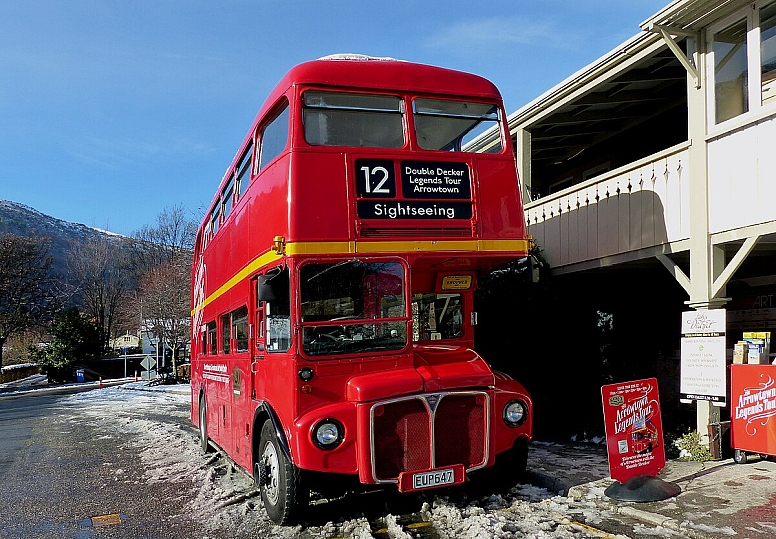
The Routemaster bus became the symbol of London's public transportation system and was in service from 1956 to 2005. It was a revolutionary design that had a significant impact on the city's public transportation system. It was a reliable and efficient vehicle that could carry up to 64 passengers, and it was also very popular with tourists.
The Modern Era
In the 1950s, London began to modernize its bus fleet with the introduction of new, more efficient vehicles. By the 1970s, the Routemaster buses had become the symbol of London's public transportation system. However, as the city's population grew, it became clear that more modern and efficient buses were needed.
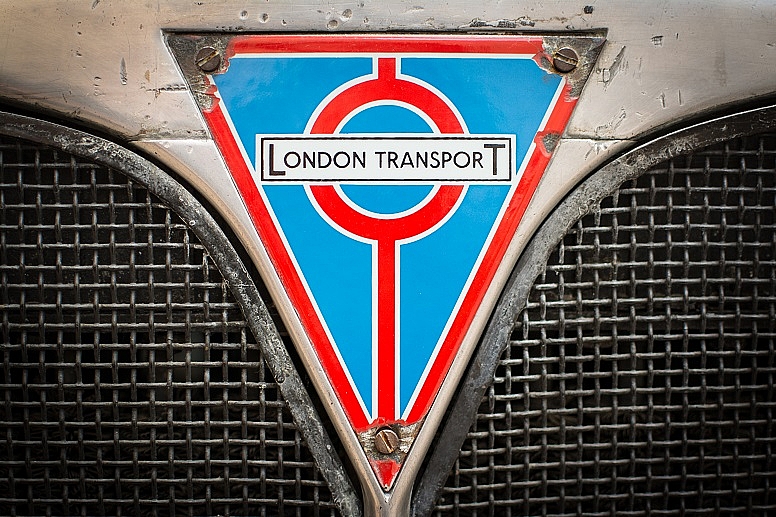
Today, London's bus fleet consists of a mix of diesel, hybrid, and electric vehicles. The city has committed to a zero-emissions transportation system, and all new buses will be electric by 2030.
The new buses are more environmentally friendly and efficient, and they also have modern features such as Wi-Fi and USB charging ports.
In addition to modernizing the bus fleet, London has also improved its bus infrastructure. The introduction of bus lanes and traffic management systems has made bus travel faster and more reliable. London has also implemented the Oyster card system, which allows passengers to pay for their bus travel with a single card.
The Future of the London Bus
London's buses have come a long way since the first horse-drawn carriages were introduced in 1829. Today, the city's buses are a symbol of modernity, efficiency, and sustainability. However, London's transportation system is facing new challenges, such as congestion and air pollution.
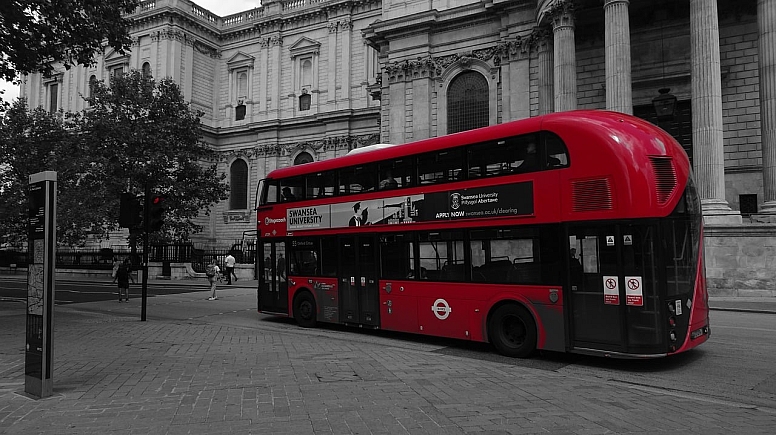
To meet these challenges, London is exploring new technologies and innovations. For example, the city is testing autonomous buses that can operate without a driver. The buses are equipped with sensors and cameras that allow them to navigate the city's streets safely.
London is also exploring the use of hydrogen fuel cell buses. These buses are powered by hydrogen fuel cells, which produce zero emissions. They are more expensive than diesel or electric buses, but they have the potential to be more sustainable in the long term.
The history of the London bus is a fascinating story of innovation and transformation. From the first horse-drawn carriages to the modern electric buses, the London bus has evolved to meet the changing needs of the city and its people.
Today, the London bus is not only an iconic symbol of the city but also a vital part of its public transportation system. As London faces new challenges, such as congestion and air pollution, the city is exploring new technologies and innovations to ensure that its buses remain efficient, sustainable, and reliable.


